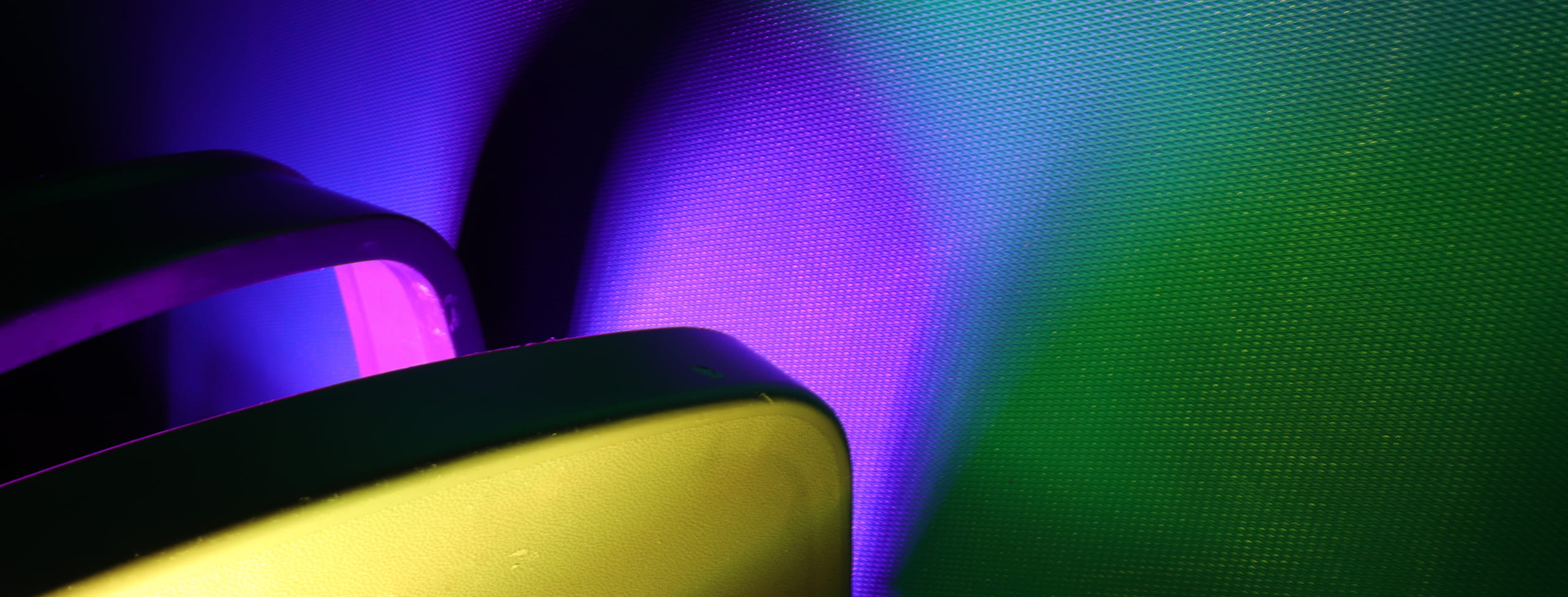8 things brand owners should know about the ITC
The US International Trade Commission (ITC) is best known as a forum for patent cases – but brand owners may also use the ITC to protect their trademarks and trade dress rights from infringing imports.
Here, we look at eight things for brand owners to think about when considering an action before the ITC.
- Section 337 actions are fast. While trademark litigation in federal district court can take years, in 2022 the average Section 337 investigation was 17 months from filing the complaint to final resolution. The shortest case completed on the merits in 2022 took only 5.5 months. Discovery commences roughly one month after a complaint is filed and typically lasts between six and eight months. Evidentiary hearings (the equivalent of a bench trial) occur roughly ten months after filing, with the Administrative Law Judge (ALJ) typically issuing an initial decision three months later followed by a final decision four months after that. Then after a 60-day review period by the US Trade Representative, an exclusion order can go into effect. Thus, total time from start to finish is usually around a year and a half, providing a much faster resolution than litigants can get in district court.
- The ITC has broad jurisdiction over imports. The ITC has in rem jurisdiction over all articles imported into the US, so a Section 337 investigation is about the products being imported, not the accused party. In contrast, foreign suppliers of infringing goods are often not subject to the jurisdiction of US courts. Note, however, that an ITC investigation cannot be brought if the infringing products have not been imported into the US. Actions against domestic infringers still need to be brought in district court.
- Injunctive relief is available. While the ITC does not award monetary damages, it can grant temporary or long-term relief excluding infringing products from entering the country. The standards for obtaining temporary relief are high; as a result, it is not often granted. Long-term relief available at the end of an investigation includes limited exclusion orders (LEO) barring infringing imports by a named party, general exclusion orders (GEO) barring all infringing imports regardless of source, and/or a cease-and-desist order prohibiting the domestic use, sale, and marketing of imported infringing products.
- Don’t know the counterfeiting party? Don’t worry! The ITC’s general exclusionary orders ban importation of all infringing products, even if the importer was not a party to the ITC investigation (in rem jurisdiction is over the products, not the parties). This can be appealing to trademark owners who are tired of playing whack-a-mole with infringers who keep changing their names.
- Civil procedures are easier. Service of numerous international defendants in federal litigation can be costly and expensive. In contrast, service for Section 337 investigations can be accomplished by “mailing, delivering, or serving by electronic means” to the respondent or even by leaving the documents at the respondent’s place of business. However, unlike district court, the ALJ must approve subpoenas to be served on a third party.
- Common law trademark rights can be asserted. Lack of registration of your trade dress is not a bar to seeking relief through the ITC. However, having a registered mark provides important procedural and substantive advantages, including presumptions of validity and, for product-design trade dress, secondary meaning. In order to succeed in an investigation based on common law trademark infringement, a complainant must prove the importation of infringing articles has the "threat or effect of which is to destroy or substantially injure an industry in the United States," whereas a holder of a registered mark instead need only prove that a domestic industry relating to that trademark “exists or is in the process of being established.” 19 U.S.C. § 1337(a).
- Customs helps with enforcement. Limited and general exclusion orders are enforced by US Customs and Border Protection. Its Intellectual Property Rights Branch (IPRB) and Centers for Excellence and Expertise (CEEs) assume responsibility for interpretation and implementation of ITC limited exclusion orders. Parties can work with the IPRB and CEE to discuss the scope of exclusion orders and assist in the identification of infringing or non-infringing products. In a practical sense, this creates an additional obligation for the brand owner to educate Customs officers, but it also gives brand owners additional, significant allies in the battle to keep out infringing goods.
- You can still get damages. Trademark owners who want to seek monetary damages can also file an action in district court, either concurrently with filing an ITC case or afterward. If concurrently, the accused infringer typically seeks to stay the district court case until the ITC determination is final, which it (but not the trademark holder) can do as of right. And some circuits consider ITC decisions to have preclusive effects as to trademarks (but not patents) so a favorable outcome before the ITC could make seeking damages easier.
Moving forward
Each case is different, and in some situations, federal court may still be the best forum for certain brand owners. When trademarks and trade dress rights are involved an ITC investigation can be a strong alternative or a complement to federal litigation, providing a fast and effective way to halt the import of infringing products into the US.
If you have questions about this article or ways to deploy ITC investigations to protect your company, please contact the authors.



